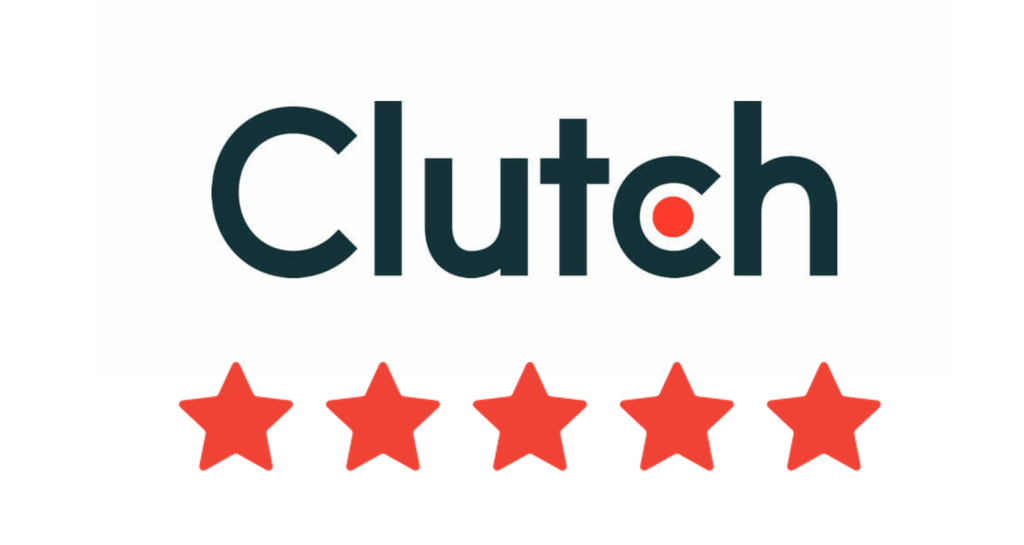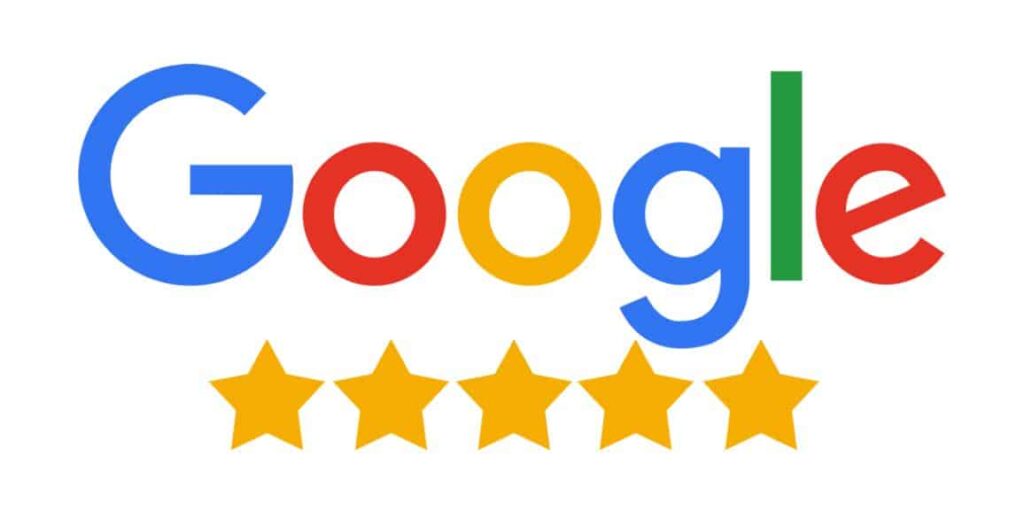Last Updated on 30/05/2025
In early 2025, we surveyed to better understand the state of link building, what’s working, what’s changing, and where the industry is headed.
Our goal was simple: gather honest, data-driven insights directly from SEO professionals, freelancers, and agencies responsible for building links.
With responses from 100+ SEO practitioners across various industries and roles, the survey illuminates the challenges, costs, tools, and tactics that will define link-building strategies in 2025.
Despite ongoing debates about its long-term value, link building remains a cornerstone of SEO. Earning high-quality backlinks is still one of the most potent ways to improve search visibility, drive organic traffic, and boost domain authority.
Key Takeaways from the 2025 Link-Building Survey
After surveying 100+ SEO professionals, it’s clear that while link-building continues to evolve, it remains a critical pillar of successful SEO—one that demands strategy, patience, and the right tools.
Here are the top insights from our survey:
a. Link Building Is Still Tough — and Getting Tougher
Most SEOs no longer consider link-building the most challenging part of SEO, but many expect it to become more difficult in the next 5 years. With AI tools, stricter Google guidelines, and saturated inboxes, earning high-quality links will require even more creativity and precision.
b. Outreach Still Works — But It’s a Grind
Cold email outreach remains a core strategy, but most SEOs report success rates below 25%. Common reasons for being ignored include poor subject lines, irrelevant pitches, and crowded inboxes. Personalized, value-driven outreach is key.
c. Budgets Reflect the Value of Backlinks
SEOs are willing to invest in quality. Most consider $250–$1,000+ a fair cost for a single high-quality backlink — whether purchased directly or earned via digital PR. At the same time, SEOs track ROI using metrics like organic traffic growth and referring domains.
d. Some Tactics Are Risky — But Still Deliver
Despite violating Google’s guidelines, tactics like PBNs, paid guest posts, and link exchanges are still being used successfully. SEOs balance risk vs. reward, often placing links on known link-selling sites if the quality and relevance justify it.
e. Ahrefs & Semrush Dominate the Tools Stack
- Ahrefs is the #1 tool for link-building data, DR/UR metrics, and backlink audits.
- Semrush is the preferred all-in-one SEO suite for broader campaigns and integrated outreach.
- Moz and Majestic still appear in niche use cases but are no longer dominant.
f. Authority Metrics Matter — But Context Is King
Ahrefs’ Domain Rating (DR) is the preferred metric, followed by Semrush’s Authority Score. Moz DA, while familiar, is less trusted. Still, most SEOs agree: no single metric tells the full story — relevance, traffic, and editorial context carry just as much weight.
But the game is evolving fast.
With the rise of AI-assisted tools, the growing influence of digital PR, and Google’s increasingly strict link quality guidelines, link builders today face a landscape that demands more creativity, precision, and adaptability.
In this post, we break down the key findings from our survey, revealing how SEO pros are tackling link-building strategies in 2025 and are delivering results.
Demographics of the Respondents

To capture a realistic snapshot of the link-building overview. Respondents included a healthy mix of freelancers, in-house SEO specialists, SEO Team Leads, agency professionals, and SEO Managers.
When asked about their professional roles, many identified with more than one, reflecting the dynamic, often multi-hat nature of SEO work. The chart below shows the distribution of roles based on how frequently they were mentioned:
For example, someone may be a “Freelancer” and an “SEO Specialist,” and both roles are counted accordingly.
Most respondents operate across various industries, including e-commerce, SaaS, health, finance, and affiliate marketing, making this survey relevant across multiple verticals.
Whether working solo, embedded in-house, or as part of a larger agency team, their experiences form the basis for the trends we’ll explore in the sections ahead.
Link Building Statistics in 2025: Challenges & Trends

While SEO continues to evolve, link-building remains a tactical battlefield — and our survey of SEO professionals confirms that the game is only getting more complex.
Know more about: Essential SEO Trends for 2025
a. Is Link Building Still the Hardest Part of SEO?
Surprisingly, most SEOs said “No”, suggesting that while link building is tough, it’s no longer viewed as the single most challenging part of SEO. This may be due to better tools, more refined outreach processes, or broader field experience.
b. Will Link Building Get Harder Over the Next 5 Years?
Despite the optimism, many respondents expect link building to become more complex. With search engines tightening quality standards and AI-generated content flooding the web, earning genuine backlinks is becoming increasingly competitive.
c. AI Is Already Reshaping Link Building
Many SEOs already use AI tools to assist with tasks like prospecting, email outreach, and content ideation. This trend reflects a shift toward scaling outreach efficiently without sacrificing personalization.
d. Do SEOs Trust Google’s Ability to Detect Paid Links?
There’s still a notable level of skepticism. Many respondents don’t believe Google effectively identifies and devalues paid links, which may explain why specific gray-hat tactics continue to thrive under the radar.
Outreach & Backlink Acquisition

Getting backlinks still largely depends on how well SEOs can pitch, persuade, and build relationships, and our respondents revealed some valuable insights about their outreach process in 2025.
1. Outreach Still Plays a Huge Role
Many SEOs said that active outreach accounts for most of their backlinks, stating the importance of personalized, targeted email campaigns and relationship building.
2. Most SEOs Handle Link Building In-House
When asked whether they outsource link-building tasks, the majority shared that they manage outreach internally through in-house teams or dedicated freelancers. However, a noticeable portion does rely on agencies or hybrid models, depending on campaign scope and scale.
3. Cold Outreach Still Has a Low Success Rate
Even in 2025, cold outreach success remains low, with most SEOs reporting success rates of 10% to 25%. This highlights how much volume, creativity, and follow-up are required to secure quality backlinks.
4. Why Outreach Gets Ignored
We also asked SEOs what they believe causes their outreach emails to get ignored. The most common responses included:
- Irrelevant contacts
- Lack of clear value
- Overcrowded inboxes
This shows that personalization and targeting are more important than ever when competing for attention in someone’s inbox.
Yes, Competitors Are Buying Links
One of the more revealing insights is that most SEOs believe their competitors are actively buying backlinks even when paid links are risky under Google’s guidelines. This reflects the continued tension between white-hat ideals and competitive pressure.
In-House vs. Outsourced Link Building

When asked how they manage link-building tasks, most SEOs in our survey said they prefer handling it in-house through internal teams or trusted freelancers.
However, a significant portion also reported using agencies or a blended model, depending on the scale and complexity of their campaigns.
Budget & ROI in Link Building
Understanding the return on investment from link-building campaigns is critical for SEO teams. We asked SEOs how they approach budgeting and measuring the effectiveness of their efforts, and the insights revealed a mix of pragmatism and performance-driven thinking.
How Much Does a High-Quality Backlink Cost?

There’s no universal price tag, but most respondents said they’re willing to invest between $250 and $1,000+ for a single, high-quality backlink, whether that comes through direct acquisition or digital PR efforts. The cost often depends on a site’s authority, relevance, and link placement value.
Do SEOs Actively Measure ROI?
Interestingly, not everyone has a solid framework for measuring success. Some SEOs admitted they don’t actively track ROI, while others pointed to metrics like:
- Increase in organic traffic
- Growth in domain authority (DA/DR)
- Number of referring domains or backlinks
This range shows how ROI measurement can vary widely depending on business goals and reporting requirements.
How Long Does It Take to See Results?

Most SEOs agree that link-building is a long-term investment. Many say they expect results within 1 to 4 months, though some allow for longer timelines depending on the project and niche.
Tactics That Work (Even If Risky)

While most SEOs prefer to follow Google’s guidelines, not all effective tactics are technically “safe.” Our survey reveals that many professionals still rely on methods that toe the line—or cross it entirely—because they still deliver results.
Paid Links: An Open Secret
Over 75% of SEOs believe their competitors are buying backlinks — a sign that link purchasing remains widespread, even if done quietly. This shows the tension between staying compliant and keeping up in competitive niches.
Would You Use a Known Link Seller?
Interestingly, when asked if they would place a link on a site that sells links (e.g., listed on a link marketplace), many SEOs said yes — suggesting that context, site quality, and editorial control can still make these placements feel “worth the risk.”
Which Grey-Hat Tactics Still Work?
Despite being technically against Google’s guidelines, some tactics are still seen as effective:
- Guest posts with exact-match anchors
- Link exchanges or reciprocal linking
- Buying backlinks outright
- A few SEOs stated they strictly stick to white-hat methods, but were in the minority.
What About Disavowing Links?
The data also shows that disavowing links is still used, but not aggressively. Most SEOs disavow when necessary (e.g., after a penalty or spam spike), rather than as a regular maintenance task.
Backlink Quality & Evaluation
Not all backlinks are created equal — and in 2025, SEOs are paying more attention than ever to relevance, context, and link intent. We asked respondents how they evaluate backlink quality, and what types of links they prioritize in their strategies.
Do Nofollow Links Still Matter?
While Google claims nofollow links don’t directly influence rankings, some SEOs still believe they play an indirect role — through referral traffic, brand visibility, or algorithmic interpretation. The response was mixed, showing ongoing debate about their actual value.
Unlinked Brand Mentions: A Hidden Factor?

Most said unlinked brand mentions (i.e., citations without a link) can impact organic rankings. This reflects the growing role of entity-based SEO and how Google may weigh brand authority in broader search signals.
What Pages Deserve the Most Links?

When asked what types of pages they focus on for link acquisition, responses included:
- Long-form blog posts
- Product or service pages
- Tools and resources
- Many also said they build links evenly across all types, showing a balanced and holistic approach to authority distribution.
Anchor Text Priorities
In terms of anchor text strategy, most SEOs prefer:
- Branded anchors (e.g., “Marketing Lad”)
- Partial-match keyword phrases
- A mix of all types to maintain a natural link profile
Tools & Metrics: What SEOs Use to Measure Link Power in 2025
Regarding link-building success, tools matter, and in 2025, SEOs are more opinionated than ever about which platforms and authority metrics they trust most.
We asked SEO professionals which tools they rely on for all-in-one SEO capabilities, backlink accuracy, and authority evaluation, and their answers revealed a clear hierarchy in the tools they use daily.
Best All-in-One SEO Tools

Ahrefs remains the undisputed favorite among SEOs. In our 2025 survey, it topped the list as the most trusted SEO platform specifically for backlink data, competitor link analysis, and link prospecting.
Its clean interface, real-time updates, and deep backlink index make it the go-to tool for SEOs prioritizing link quality and technical precision. Whether you’re performing a backlink audit, finding link gaps, or analyzing anchor text, Ahrefs continues to lead the charge.
Meanwhile, Semrush was frequently mentioned as a strong all-around platform. Many SEOs value it for its broad SEO feature set, including keyword tracking, site audits, and a built-in CRM for outreach campaigns. It’s the tool for those managing full-funnel SEO strategies beyond link acquisition.
A few mentioned Moz, primarily for its Domain Authority (DA) metric, but it’s no longer a top choice among those focused on serious link-building.
Top Mentions for All-in-One SEO Tools:
- Ahrefs – top choice for backlink analysis & link building
- Semrush – versatile, all-in-one SEO suite
- Moz – legacy tool with limited mentions
Most Accurate Backlink Data
Regarding raw backlink data, Ahrefs was the clear favorite, earning the majority of votes as the tool that delivers the most accurate and comprehensive backlink analysis. Some SEOs also mentioned SE Ranking as a budget-friendly yet capable alternative, while others continued to favor Semrush for its integration and built-in CRM-like features.
The trend was clear: Ahrefs remains the gold standard for link discovery and data freshness.
Most Trusted for Backlink Accuracy:
- Ahrefs (dominant)
- Semrush
- SE Ranking (rising alternative)
Preferred Authority Metrics

SEOs value Domain Rating (DR) and URL Rating (UR) for their real-time updates and alignment with search visibility. Semrush’s Authority Score was also mentioned as a modern, holistic metric that factors in more than just links, but it came in second to Ahrefs’ metrics.
Moz’s Domain Authority (DA) was notably absent from most responses, indicating a shift toward newer, faster-updating metrics with more perceived SEO relevance in 2025.
Top Authority Metrics (Single Choice Allowed):
- Ahrefs DR/UR — most preferred
- Semrush Authority Score (AS) — runner-up
- Moz DA — barely mentioned
Lastly,
Link-building in 2025 will be defined by smarter tools, sharper SEOs, and stronger competition. While best practices evolve, the fundamentals remain: build genuine relationships, offer real value, and secure real links from relevant, trusted sources.
Want to stay ahead in the link-building game? Book A Free Call With Us
FAQs
Based on our survey of 100+ SEOs, most professionals are comfortable spending between $250 and $1,000+ for a single high-quality backlink, whether acquired through direct outreach or digital PR.
Ahrefs was ranked as the most trusted tool for backlink data and analysis, followed by Semrush as the preferred all-in-one SEO platform. Tools like Moz, Majestic, and SE Ranking were also mentioned but are less widely used.
Yes. Many SEOs admit that tactics like paid links, link exchanges, PBNs, and guest posts with exact-match anchors still deliver results — even though they technically violate Google’s guidelines.
Most SEOs in our survey reported seeing results within 1 to 4 months after starting a link-building campaign, though timelines may vary based on niche, competition, and content quality.
In 2025, Ahrefs’ Domain Rating (DR) will be the most preferred metric among SEOs, followed by Semrush’s Authority Score. Moz DA is still recognized but used far less for serious link evaluation.
Read our recent posts:





1 thought on “Link-Building Statistics 2025: A Survey From 100+ SEOs”
Well explained